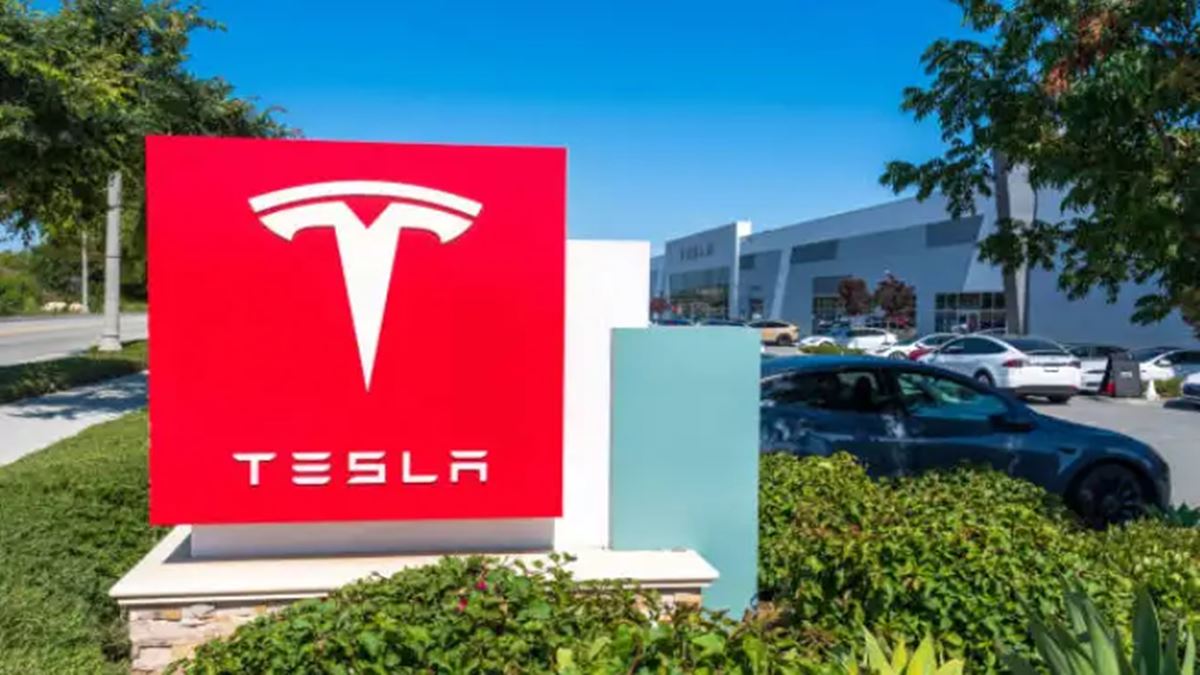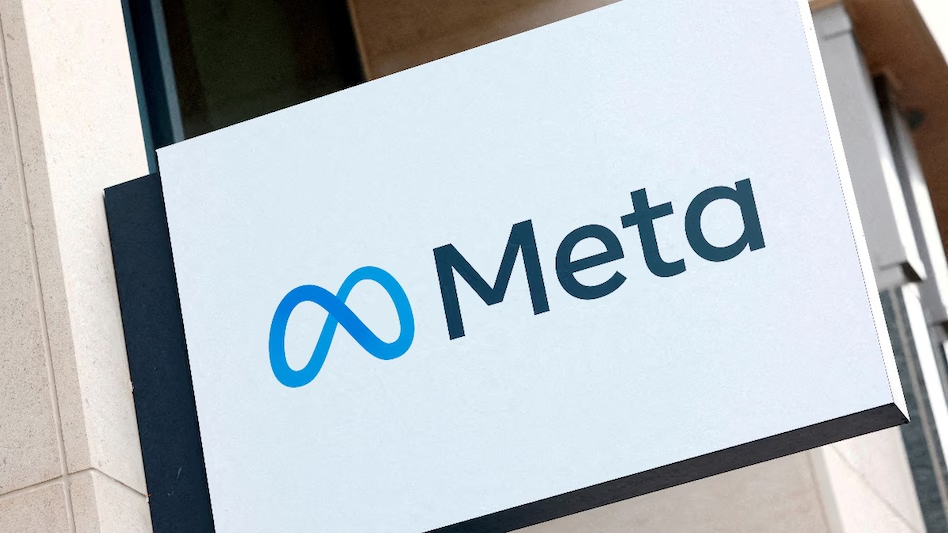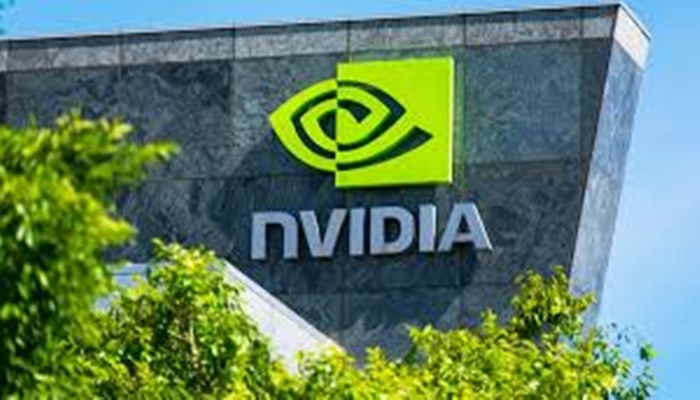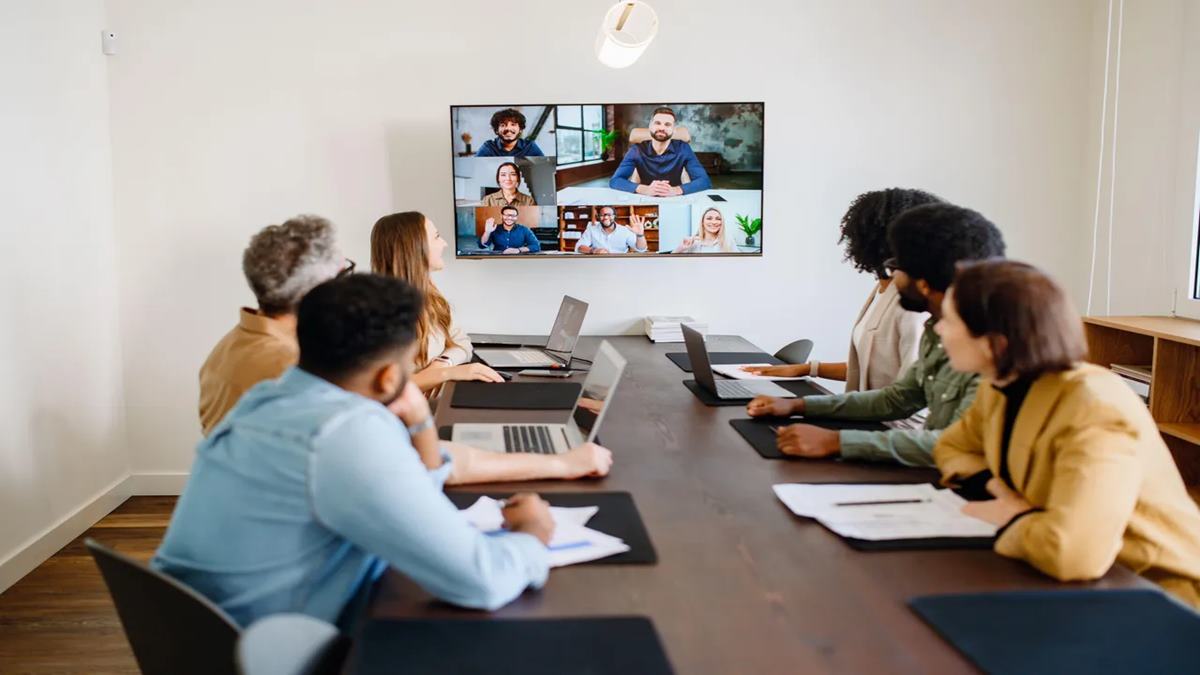No Jitter Brief:
- U.S. workers reported spending, on average, less than 10 hours a week in meetings compared to nearly 15 hours preparing for and following up on meetings, a joint report released today by Deloitte and Zoom found.
- Respondents reported losing an average of 1.6 hours during the prepare stage (setting the agenda, scheduling, etc.) of the meeting lifecycle, which additionally consists of execute (running the meeting itself) and follow-up. Another 10 minutes per meeting is wasted dealing with garbled audio, failed screen shares, or hardware glitches.
- On average, respondents reported using less than 36% of available features in the Prepare stage, 31% in Execution, and just half in Follow-up. These findings surfaced despite the rapid proliferation of many UC&C features, particularly AI-powered capabilities that are designed to ease the friction associated with the meeting lifecycle.
Usage of UC&C platforms grew dramatically during and after the pandemic, as the report details. Video went from perk to ubiquity. Similarly, generative AI features proliferated. Yet, roughly a third of respondents aren’t using the platforms to their full potential. A leading cause is a lack of user education – people aren’t given, or taking, the time to learn about time-saving features or how to use AI assistants.
The report contends that because employees spend nearly two-thirds of their meeting-related time either preparing for or following up after meetings, organizations should focus on reducing the amount of friction associated with those phases. For example, AI-powered scheduling or AI-generated agendas could help employees reclaim some prep time. Meeting summaries, automatically captured action items and distribution of those items to participants could improve individual accountability and outcomes while also eliminating after-meeting busy work.
Getting people to use these capabilities involves raising awareness that the features exist, training in how to use them (and how not to) and focusing first on the high-impact features that “improve everyday workflows, and make them default-on with guided setup, in-product coaching, and adoption playbooks.”
If these approaches are implemented, the report estimated that employees in large U.S. organizations could reclaim three hours per week, on average, of their meeting-related time. This time would “otherwise be lost to redundant preparation, extended discussions, or manual follow-up. At scale, this equates to $134 billion in annual productivity value for enterprises with over 1,000 employees.”
The report estimated these savings by multiplying the hours saved by the average salary across U.S. employees, focusing on corporate employees in larger enterprises. Deloitte and Zoom surveyed 1,000 U.S. technology and business leaders actively involved in procuring and using C&CPs. Some senior leaders also participated in in-depth interviews.




















